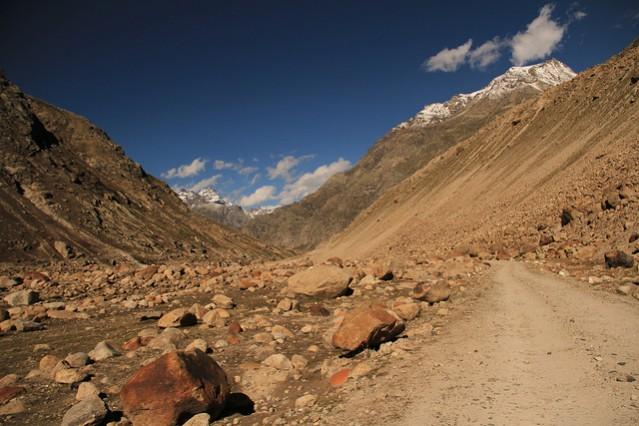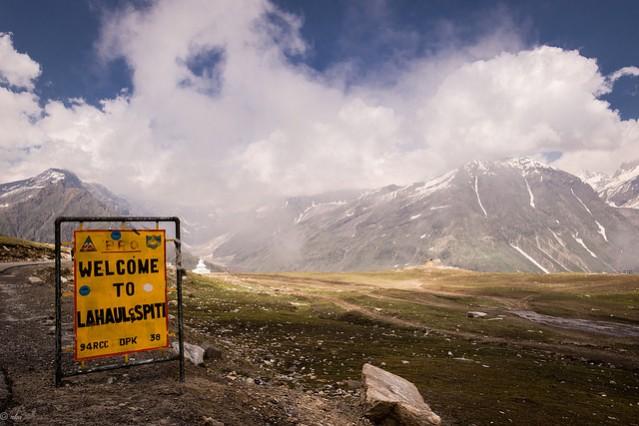While India and China have already been having a war of words over the Doklam plateau at the India-Tibet-Bhutan tri-junction, China has now also increased its activities along the border in two districts of the northern state of Himachal Pradesh. Residents of the Kinnaur district, as well as Lahaul and Spiti, have said that they have spotted many Chinese helicopters in the last few days.
Not just that, Beijing is known to develop roads and infrastructure at the border and residents have reported heightened construction activities in the area. "Though we have been seeing construction activities for the past year, there has been a marked acceleration in the past four months," a government official told Hindustan Times on condition of anonymity.
Anticipating such a move, three battalions of the Indo-Tibetan Border Police (ITBP) are keeping tight vigil in the 260 km porous Himachal border since the Sikkim standoff started in June. About 140 km of the border is situated in Kinnaur and 80 km is a part of Lahaul and Spiti district.
"We have stepped up vigilance along the China border in Himachal," a security officer told HT.
As the border tensions in Sikkim refuses to die down, its effects have now begun to show in the Sino-India trade in Himachal Pradesh. The trade usually starts at the end of June, but it is yet to begin this year even though traders have been given out passes, which allows them to travel to Shipki, a village in China-controlled Tibetan Autonomous Region, to carry out business.
Some of the products sold at Shipki are blankets, clothes, coffee, tea, barley, rice, flour, dry fruit, dried and fresh vegetables, vegetable oil, jaggery and tobacco.
"Passes have been allotted to some traders but we are yet to receive directions on allowing them to carry the cross-border trade," the daily quoted Rajiv Verma, tehsildhar of Pooh, a saying.
Traders too are worried that their business is going to take a hit due to the Sikkim standoff. "Traders are waiting for the government's nod. There is no clarity so far," Hishey Negi, president of Kinnaur Indo-China Trade Association, added.
"We don't want to take any risk. Traders and mule owners are apprehensive to travel to the zero point midst the standoff at Doklam," added Ishwar Negi, a resident of Tashi Gang village along the Sino-India border.

Meanwhile, not just Himachal, Beijing has also made its presence felt at the Uttarakhand border and it was earlier reported that Chinese soldiers had transgressed into Barahoti on July 25. The soldiers reportedly entered about one kilometre into the Indian Territory and asked a group of shepherds to vacate the area, reported the Press Trust of India.
The Chinese soldiers retreated only after the ITBP raised an alarm.
Amid the Doklam plateau issue, China had also threatened to enter Jammu and Kashmir. A Chinese expert had said in early July that country's troops could enter Jammu and Kashmir on behalf of Pakistan like India did in the Doklam region.
The expert said that this move would be justified as it would be on the lines of the "same logic" that the Indian Army has been using to halt China's road construction project at the Sikkim-Bhutan-Tibet trijunction.

"Even if India were requested to defend Bhutan's territory, this could only be limited to its established territory, not the disputed area," Long Xingchun, Director at the Centre for Indian Studies at China West Normal University, said in the article he wrote in the Global Times, reported PTI.
"Otherwise, under India's logic, if the Pakistani government requests, a third country's Army can enter the area disputed by India and Pakistan, including India-controlled Kashmir," the article said.
















